So we went up to snap some pictures from overhead. (Nothing like the Tamil protests recently, but for sure a sight to see)


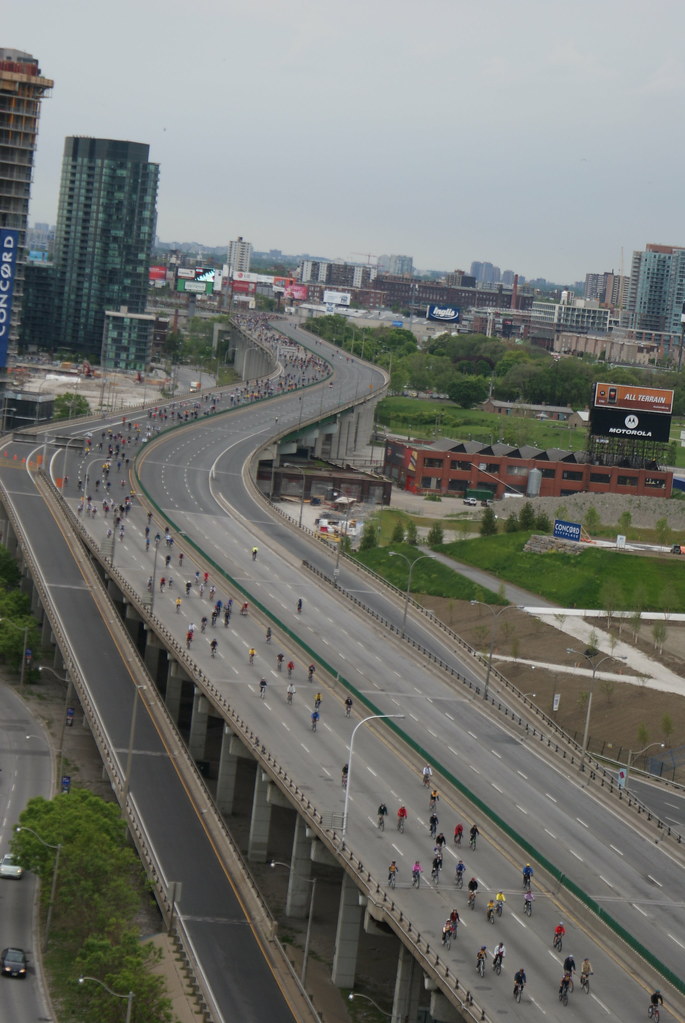
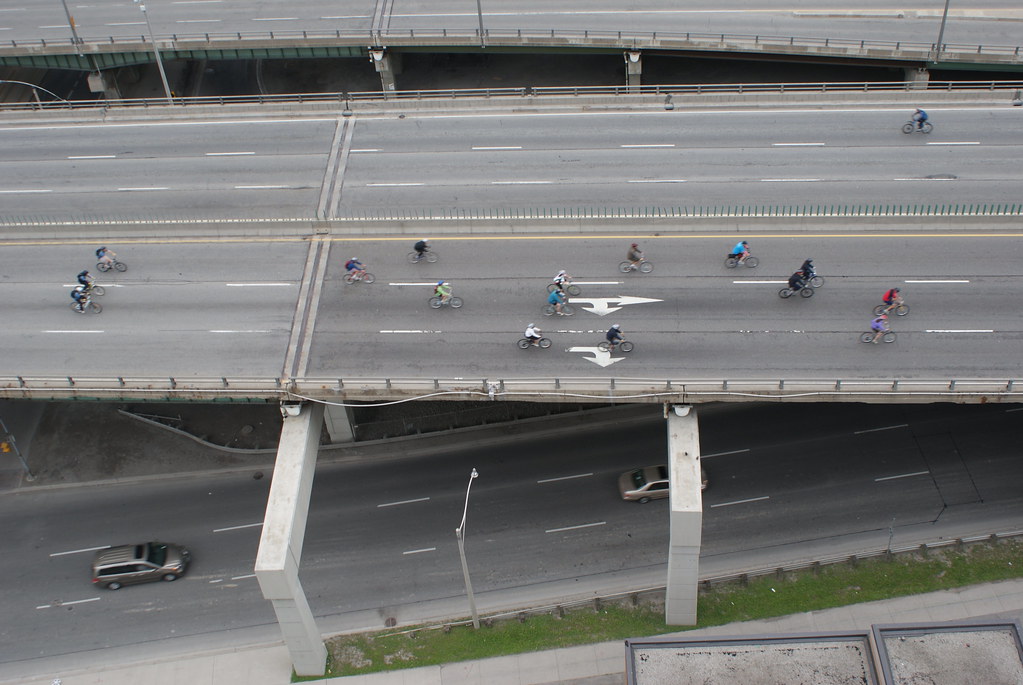

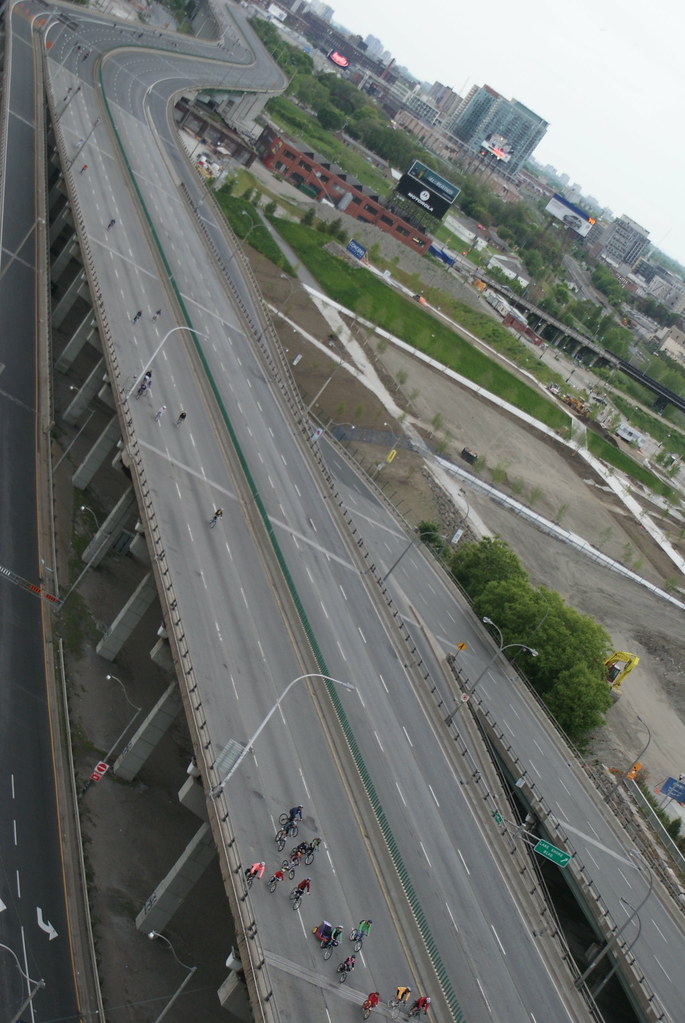
A Toronto local blog about living, playing and working on Queens Quay, Toronto's waterfront






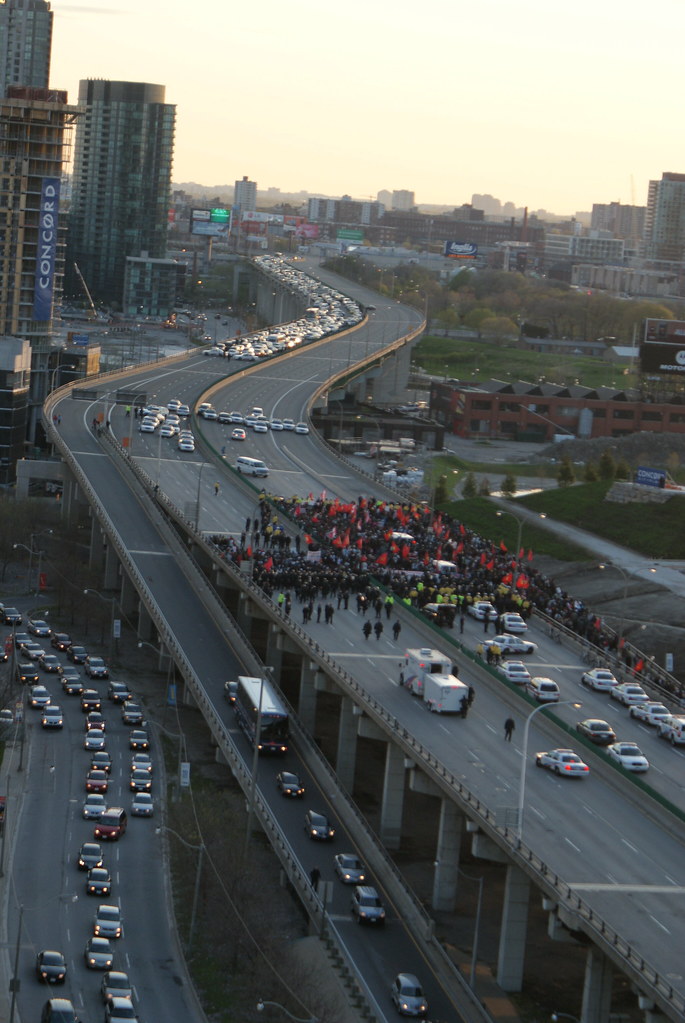
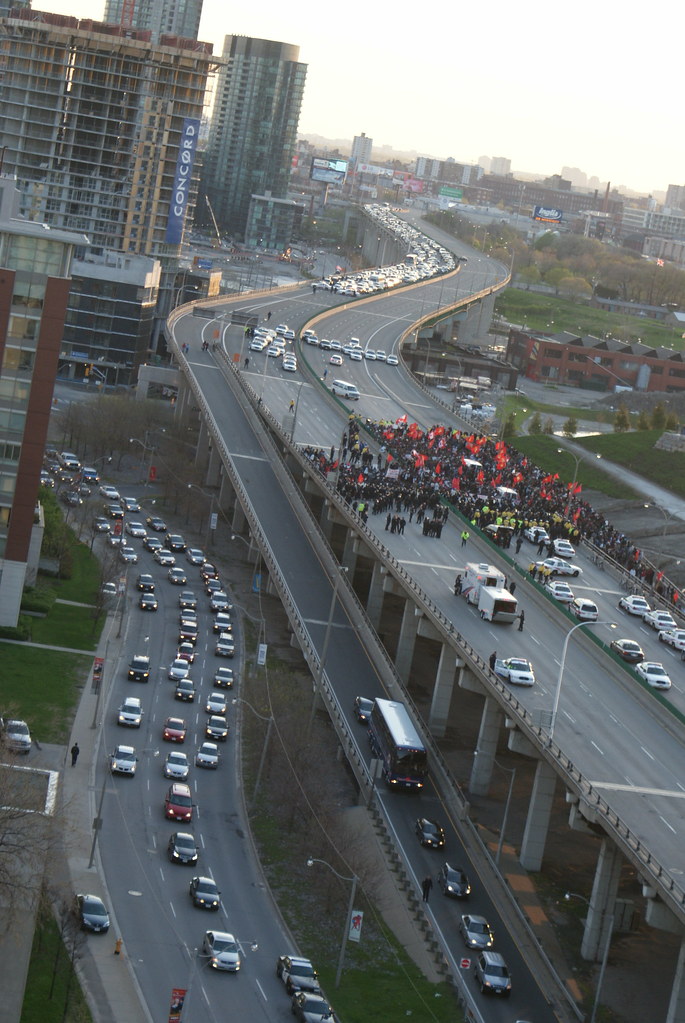
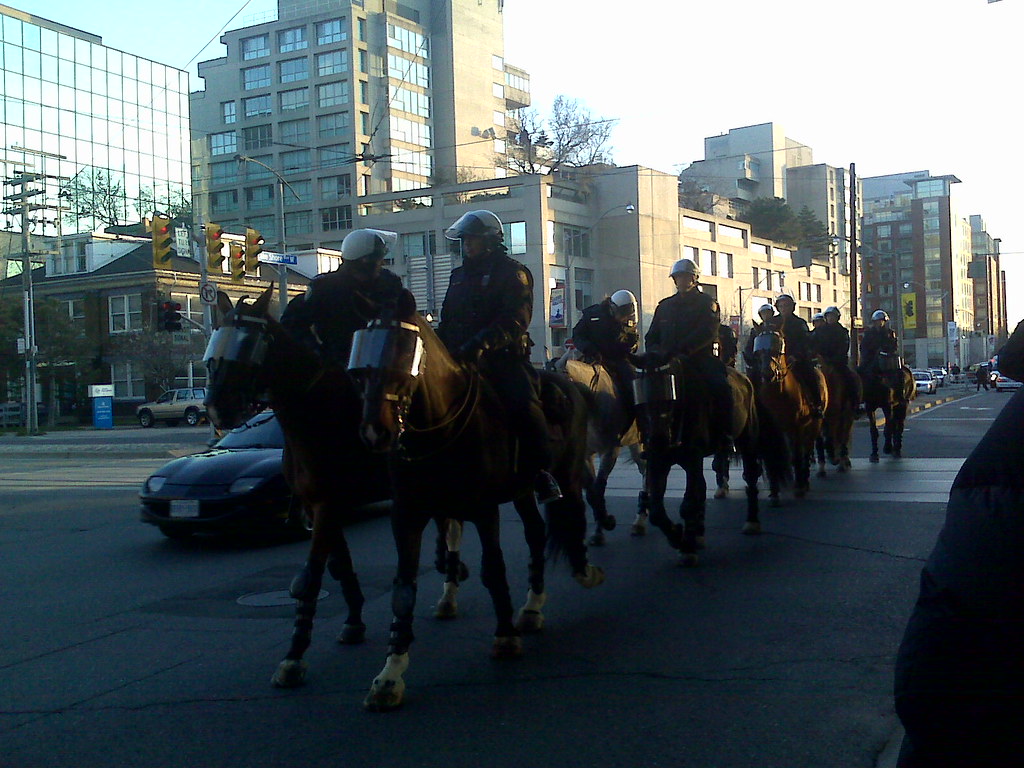

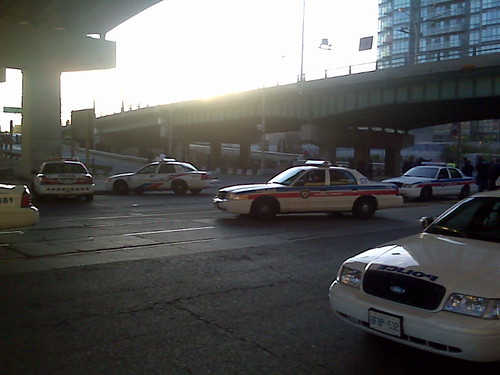
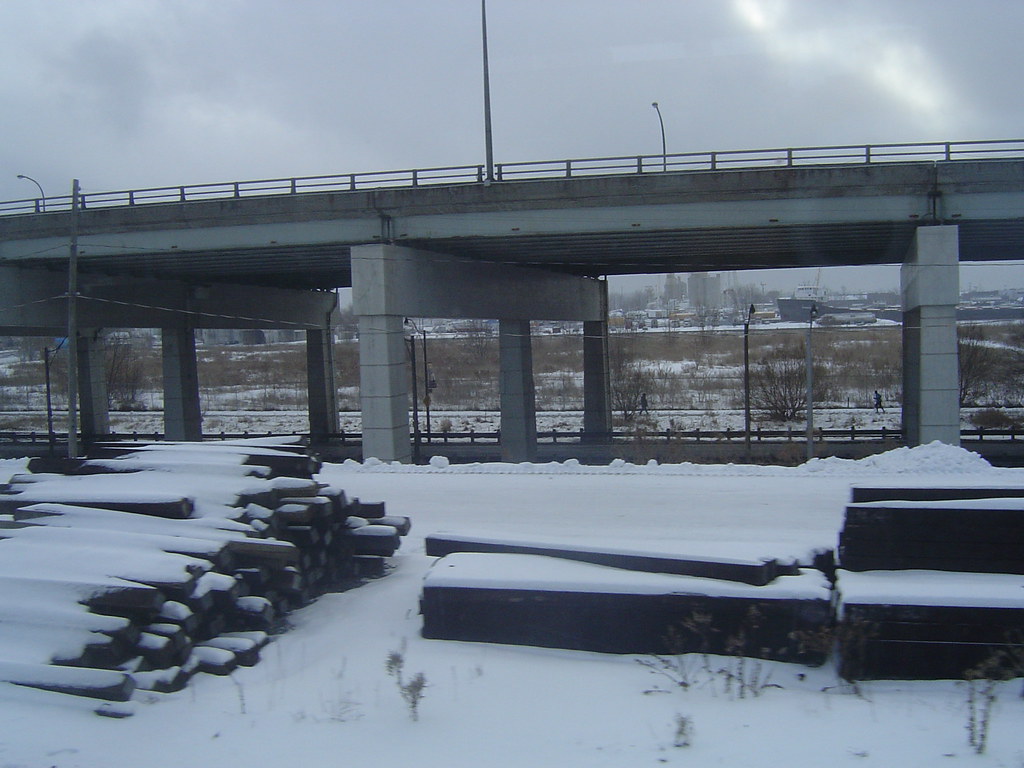
Waterfront Toronto and the City of Toronto have started a new project considering the removal, replacement or improvement of the Gardiner Expressway from Jarvis Street to just east of the Don Valley Parkway.The project is soliciting comments on its website and is also holding public meetings.
Your input into this project is critical. We want to hear your ideas and feedback throughout this project and we’ve created this online consultation website to help you participate. When you join this community – you will have the opportunity to share your insights, learn about the issues and discuss your ideas. This consultation is being conducted in support of an environmental assessment required by the Ontario Environmental Assessment Act.
Waterfront Toronto officials and Mayor David Miller want to see the elevated highway razed east of Jarvis St. and replaced with a grand boulevard, as a way to open the city to the lakefront, a move that could cost as much as $300 million.
But that can't be done until a long and costly environmental assessment process – nearly $8 million and not expected to be completed until 2011 – is done. The final decision rests with city council, not likely to tackle the issue until 2012.
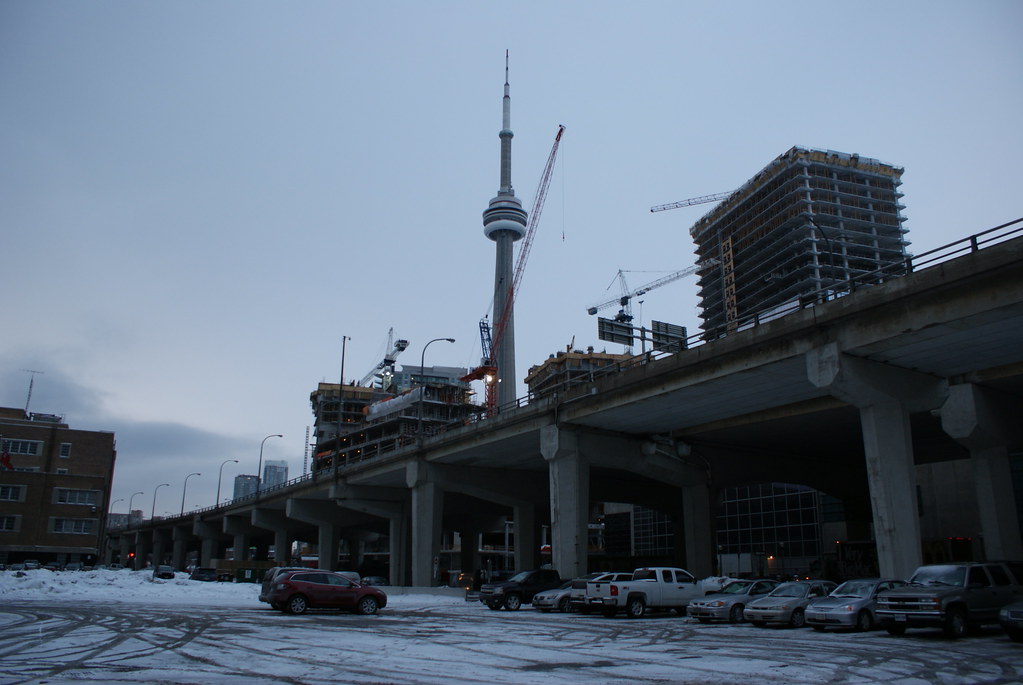
It is no longer merely an elevated highway; it has become a linear subterranean ecosystem, man-made but never quite under control. In the perpetual shadow of a structure built long ago in a now dead future, newly arrived dog walkers from nearby condos rub shoulders with homeless men off for a day's begging and workers hurrying to the office.A grotto and a river? Huh, okay, snap back to it Mr. Hume.
The Lake Shore is a river, with vehicles instead of water, the Gardiner a grotto. The Convention Centre is the hilly region and utility poles stand in for the trees.
So it's no surprise people are starting to be attracted to this troglodytic world. Far from the madding crowd, not to mention nicely protected from the cars hurtling above, this may be Toronto's final frontier. Except for the waterfront, where the landscape is heading into a period of planned evolution, the Gardiner corridor is the city's last accidental wilderness of any significance.Read the rest of his column here.
Given its proximity to downtown and the waterfront, and the fact that it's unlikely to be torn down, the time has come to revisit the Gardiner. Needless to say, it should be torn down, but Toronto doesn't have the political will to embark on such a bold and controversial course. In other words, this wilderness will be around for a while.
"The Gardiner is an incredible piece of our industrial experience... people don't see how singularly beautiful it is."Joking aside, he also suggested that just like Tokyo has raised platforms for trains, we should look underneath them. There you'll find bars and a place to hang out. "Fundamentally I'd take it down but for the time being can we at least open a few pubs beneath it to make it palatable.

The transformation of the Toronto waterfront: We know, we know, nothing ever happens on the waterfront. Sometimes that definitely seems the case, but in a city where change happens at a glacial pace, there's no point in holding one's breath. Still, the impatient amongst us are waiting anxiously to see what George Brown College plans to do with its large site south of Queens Quay east of Jarvis St. This project has the scope to alter the neighbourhood dramatically and bring new vitality to the area. The campus represents the best opportunity so far to redo the central waterfront.Another one by Hume
By spring, work will begin on Sugar Beach and Sherbourne Park – the area’s main green spaces. Also coming soon is the beginning of construction on the massive West Don Lands project a few blocks north, and the possible demolition of the eastern portion of the Gardiner Expressway.
The projects come after many years of discussion, and raise hopes for a vital district free of the planning mistakes of the central waterfront.
Led by Waterfront Toronto – the organization that the city, province and federal government created to manage the project – designers are attempting to reshape the area south of Queen’s Quay, between Lower Jarvis and Parliament streets, into a livable neighbourhood after years of neglect or industrial use.
